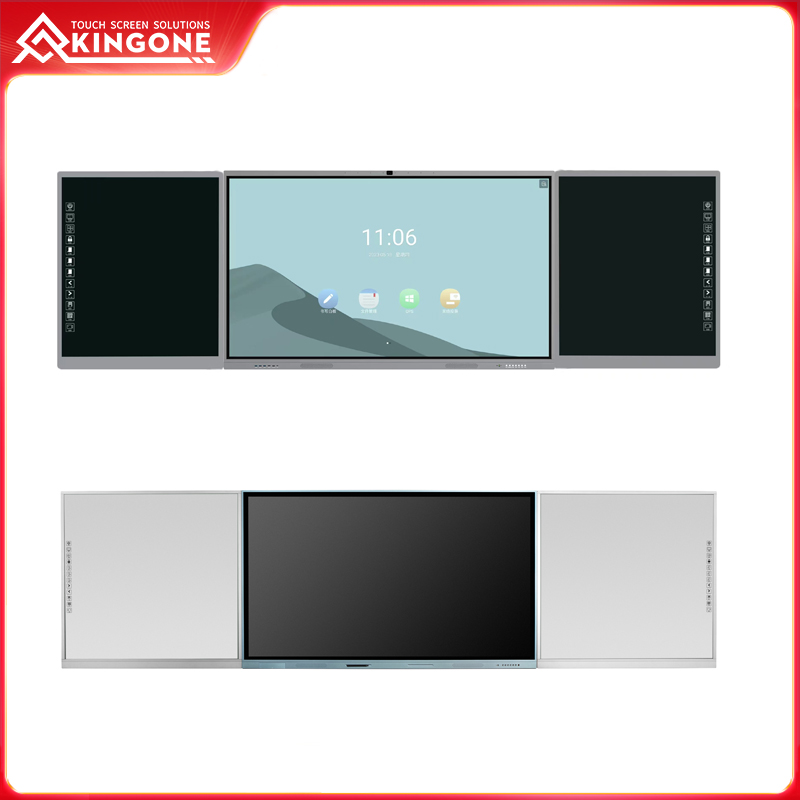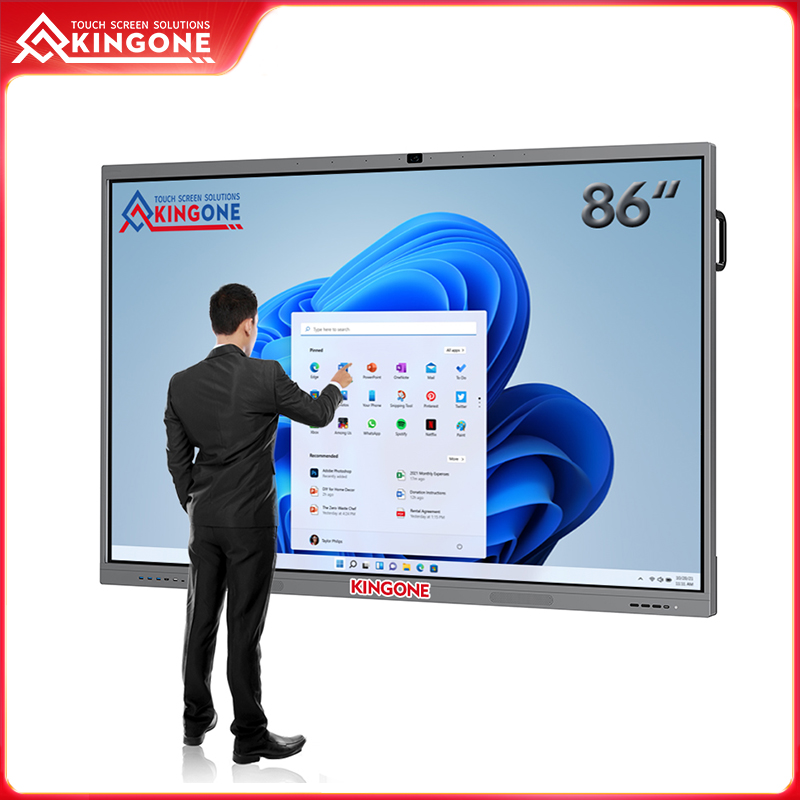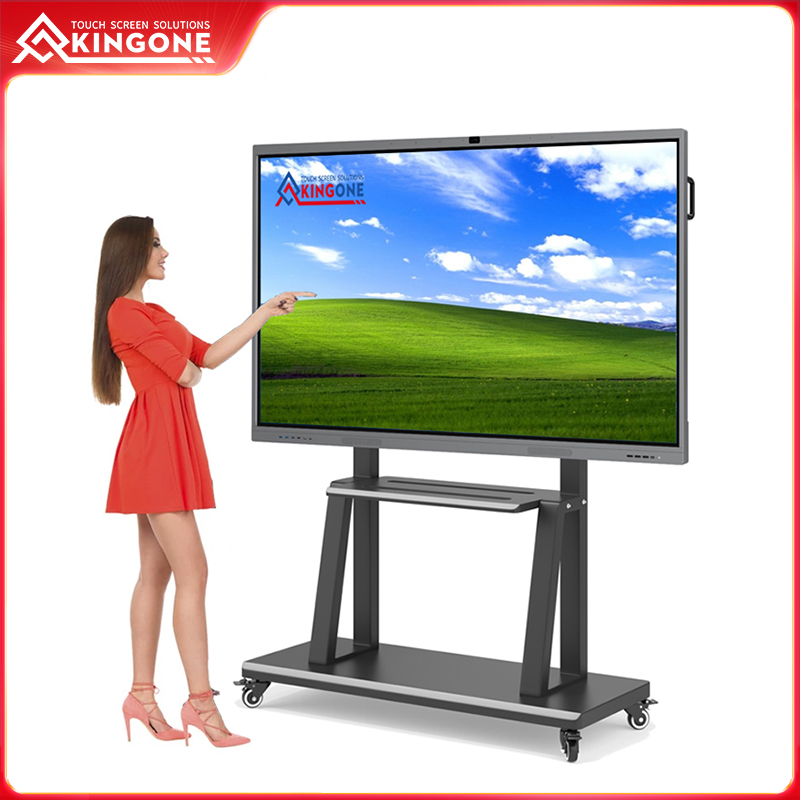Why do we need interactive board?
Published:
2023-07-13 11:29:58
The adoption of interactive boards in classrooms has transformed the way education is delivered. From enhancing student engagement and fostering collaboration to facilitating visual learning and integrating technology, interactive boards offer numerous advantages.
1. Enhancing Classroom Learning with Interactive Boards
In today's rapidly evolving world, technology has become an integral part of our daily lives. Education, too, has been greatly influenced by technological advancements. One such innovation that has revolutionized the traditional classroom setting is the interactive board.
Interactive boards, also known as smart boards, combine the features and capabilities of a standard whiteboard with the power of a computer. These boards come equipped with touch-sensitive screens that allow teachers and students to interact with digital content using their fingers or a stylus. They have become an essential tool in modern education due to their numerous benefits.
2. Improved Engagement and Participation
Traditional teaching methods often fail to capture students' attention and keep them engaged throughout the lesson. However, interactive boards have proven to be highly effective in creating an immersive learning environment. With interactive boards, educators can incorporate multimedia elements like videos, images, and interactive simulations into their lessons. This dynamic and visually stimulating approach captures students' interest, increasing their participation and promoting active learning.
Interactive boards also enable collaborative learning, as multiple students can simultaneously interact with the board. This fosters teamwork, communication, and peer-to-peer learning, thereby enhancing students' overall learning experience.
3. Enhanced Visual and Interactive Learning
The human brain is wired to process visual information more efficiently than textual data. Interactive boards leverage this cognitive advantage by providing visual representations that aid in comprehension and retention of information. Teachers can use diagrams, graphs, and charts to simplify complex concepts, making them easier to understand for students.
Moreover, interactive boards allow for real-time feedback and assessment. Students can actively participate by solving problems directly on the board, receiving instant feedback on their work. This interactive element promotes a deep understanding of the subject matter and encourages critical thinking skills.
4. Integration of Technology and Digital Resources
Interactive boards integrate seamlessly with technology, opening up a vast world of digital resources and tools for educators. Teachers can access educational software, internet resources, and multimedia content directly on the board. This eliminates the need for traditional teaching aids like printed materials, making classrooms more cost-effective and environmentally friendly.
Additionally, interactive boards facilitate remote learning by enabling teachers to share lessons and collaborate with students through video conferencing tools. This flexibility has become invaluable during times of global crises, ensuring uninterrupted education for students regardless of their physical location.
The adoption of interactive boards in classrooms has transformed the way education is delivered. From enhancing student engagement and fostering collaboration to facilitating visual learning and integrating technology, interactive boards offer numerous advantages. They create a dynamic and interactive learning environment, enabling students to grasp complex concepts more effectively. Investing in interactive boards equips educators with powerful tools to prepare students for the challenges of the digital age.
 English
English







